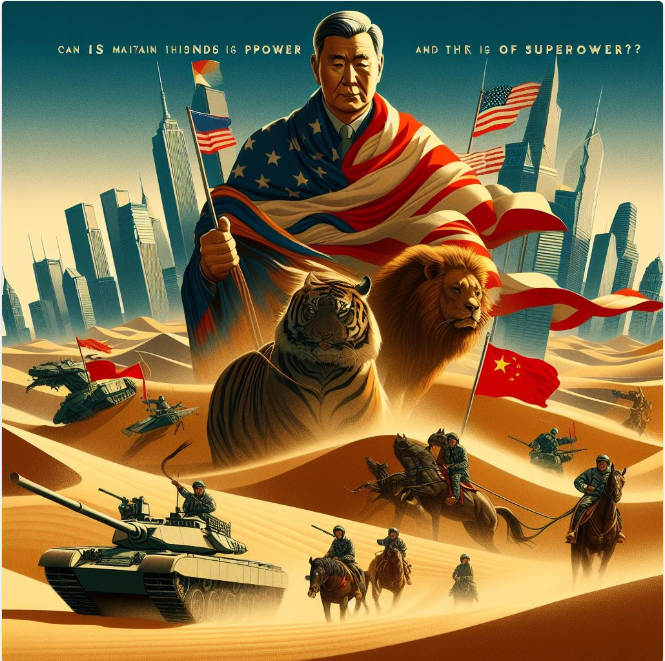The global economic landscape is undergoing a dramatic shift. Asia, once a distant player, is now a dominant force, boasting a staggering 40-44% share of the world’s GDP compared to America’s 23-25% and Europe’s 16-19%. This begs the question: can the US maintain its position as the world’s sole superpower in the face of this rising tide?
From the Ashes to the Ascent: Asia’s Economic Miracle
The story of Asia’s economic rise is one of remarkable transformation. In the 1960s, the picture was vastly different. Devastated by war and colonial rule, many Asian nations struggled. However, a combination of factors, including:
Export-oriented industrialization: Focus on manufacturing and exporting goods to developed markets fuelled rapid economic growth.
Foreign investment: Attracting foreign investment provided capital and expertise for development.
Demographic dividend: Large, young populations provided a workforce for growth and innovation.
Policy reforms: Embracing free markets and globalization further boosted economic activity.
These factors propelled Asian economies like Japan, South Korea, and China onto the world stage. Today, China alone boasts the world’s second-largest economy, and India is rapidly closing the gap.
The American Dilemma: Maintaining Dominance in a Changing World

The US, long accustomed to global leadership, now faces a complex challenge. While its economy remains strong, its relative share is shrinking. Maintaining its superpower status requires addressing several key issues:
Debt and Deficit: The US national debt is at an all-time high, and its trade deficit with Asia continues to widen. Can the US address these imbalances without compromising economic growth?
Technological Innovation: While the US remains a leader in certain areas, Asia is investing heavily in research and development. Can the US maintain its edge in key technologies like artificial intelligence and renewable energy?
Infrastructure and Education: The US faces crumbling infrastructure and an education system facing challenges. Can it invest sufficiently to ensure its future competitiveness?
Geopolitical Leadership: As Asia’s influence grows, can the US navigate a complex geopolitical landscape while maintaining alliances and promoting its interests?
The Limits of Quantitative Easing: A Flawed Solution?
Quantitative easing, the practice of central banks injecting money into the economy, has been a key tool for the US and other Western nations to stimulate growth. However, its effectiveness is debated:
Inflationary Risks: Increased money supply can lead to inflation, eroding purchasing power and potentially hindering long-term growth.
Asset Price Bubbles: Quantitative easing can inflate asset prices, creating unsustainable bubbles that could burst, leading to economic instability.
Limited Impact on Real Economy: Critics argue that quantitative easing primarily benefits financial markets and does little for the real economy, particularly in terms of job creation and wage growth.
Looking Ahead: A Future of Shared Power?
The future of global power is unlikely to be a simple binary of US dominance versus Asian ascendancy. A more likely scenario is a multipolar world, where several powers, including the US, China, the EU, and others, share influence and compete on various fronts.
This transition will present challenges and opportunities. The US must adapt by:
Investing in its future: Addressing infrastructure, education, and technological innovation is crucial for long-term competitiveness.
Embracing multilateralism: Collaboration with allies and partners on global issues like climate change and trade will be essential.
Promoting shared prosperity: Focusing on economic growth and development that benefits all, not just the privileged few, will foster stability and cooperation.
The shifting sands of global power present a complex and uncertain future. Whether the US can adapt and maintain its leadership role remains to be seen. However, one thing is clear: the world is changing, and the US must change with it.
Note: This article is written using research methods and a questioning style. It presents multiple perspectives and avoids making definitive pronouncements about the future. It also acknowledges the limitations of quantitative easing as a solution to the US's economic challenges.

